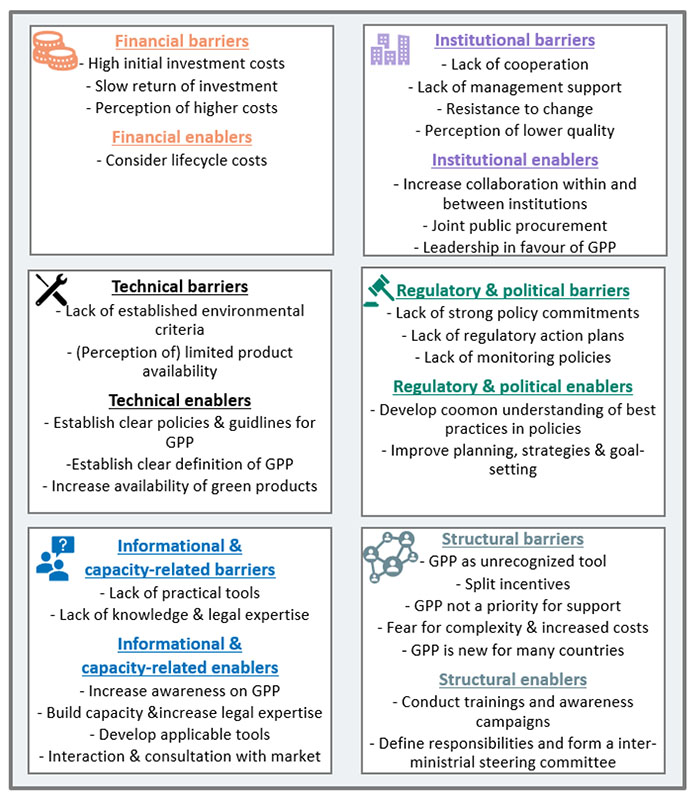The information provided within this study shall serve as a basis for tackling barriers in introducing "Green Public Procurement" as well as updating procurement criteria of room air conditioners in order to reduce cooling related energy consumption and GHG emissions of public buildings.
Main findings:
Green Cooling has a high potential to reduce costs, energy and the climate impact of public buildings. Surveys conducted in multiple countries in the framework of this study show that:
- Air conditioning in public buildings is often responsible for about 50% of total electricity consumption and single-split ACs alone account for approx. 40% of total installed cooling capacity.
- Replacing an average split AC installed in a public building within the cooling capacity range up to 7.4 kW with a Green AC of the same cooling capacity, an annual electricity saving of approx. 1,000 kWh on average can be achieved.
- The electricity saving potential amounts to 28% of the baseline electricity consumption, providing promising framework conditions in terms of energy cost savings for the conversion to Green ACs. Furthermore, with the envisaged annual growth rate of 4.4 % on average, demand is expected to increase.
- In addition to reducing energy consumption, replacing a conventional AC with a Green AC offers in average an annual GHG emission reduction potential of 1,100 kg CO2eq, which equals to 52% of the baseline emissions.
The survey also assessed typical green public procurement practices, enablers for and barriers preventing green cooling in public buildings. According to the respondents, the following barriers are most dominant:
- Financial barriers, in particular the high initial investment costs that usually come with more efficient (Green) ACs. Procurement authorities (PA) still evaluate lowest purchase costs together with good product service as the main procurement criteria for ACs, without considering the life cycle costs of ACs. Even though the procurement of Green ACs generates cost savings, reducing costs are often not seen directly as a result of implementing GPP.
- Political & regulatory barriers, in particular the lack of (political) leadership to adopt more ambitious GPP targets and action plans.
- Technical barriers, in particular the lack of environmental procurement criteria to promote Green Cooling technologies.
Barriers and Enablers of Green Public Procurement






